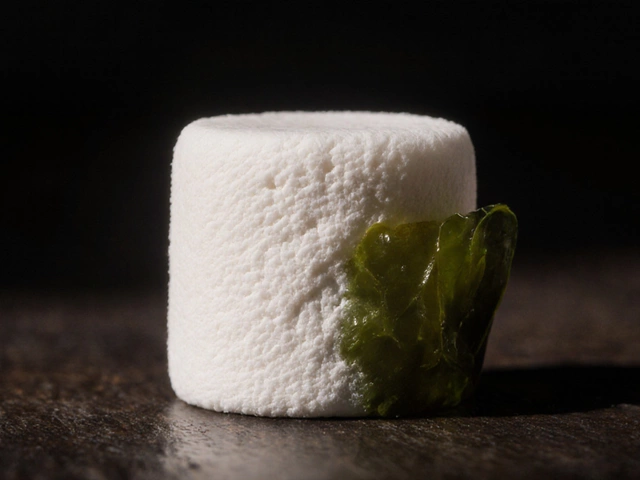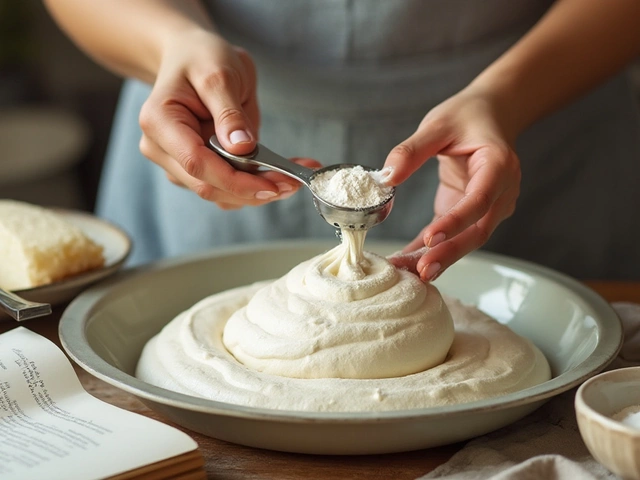Tiramisu Facts You’ll Want to Use Today
If you love tiramisu, you’ve probably heard a lot of stories about it. Some are true, some are myth. Let’s cut through the noise and give you the real facts that will make your next tiramisu even better.
Where Tiramisu Came From
The name means “pick me up” in Italian, a nod to the coffee and cocoa that give it a little buzz. It first appeared in the 1960s in the Veneto region, not in ancient Roman kitchens. The classic version uses ladyfingers soaked in espresso, mascarpone mixed with egg yolks, a splash of Marsala, and a dusting of cocoa.
People often say the dessert was invented by a single chef, but it actually grew out of home cooking. Families would layer soaked biscuits with sweet cheese and let the flavors meld. That’s why you’ll see small variations across Italian towns – some add chocolate liqueur, others use rum.
Storing and Freezing Tiramisu
Fresh tiramisu tastes best after a few hours in the fridge. The cheese settles, the biscuits stay soft, and the flavors blend. Keep it covered with plastic wrap or a lid to stop it from drying out. You can store it for up to three days, but aim to eat it sooner if you like that fresh bite.
Wondering if you can freeze it? Absolutely. Freeze the whole tray in a tight container, then thaw in the fridge overnight before serving. The texture stays creamy, though the biscuits may become a bit softer. If you want a firmer bite, let it sit at room temperature for 15 minutes after thawing.
One trick to avoid a soggy top is to add the cocoa powder right before serving, not before freezing. That way the cocoa stays dry and you get the classic dusted look every time.
When you make tiramisu for a crowd, portion it into individual cups. Each cup freezes better than a big slab, and you can pull out just what you need. It also looks nicer on a party table.
Another quick tip: use pasteurized eggs or a stovetop custard if you’re worried about raw egg safety. Heat the yolks with sugar until they reach 160°F, then cool before mixing with mascarpone. You’ll still get the silky texture without the raw‑egg risk.
Finally, remember that tiramisu loves strong coffee. If you’re short on espresso, brew a strong drip coffee and let it cool. Add a tablespoon of coffee liqueur if you like extra flavor, but it’s optional.
Now you’ve got the real facts: the true origin, how to store it, how to freeze it, and a few safety shortcuts. Use these tips next time you make tiramisu and impress yourself – and anyone lucky enough to get a slice.

What Does 'Tiramisù' Really Mean? History, Origin, and Sweet Surprises
Dig into the meaning of 'tiramisù', uncover how the iconic Italian dessert got its name, and discover the real story behind its creation and place in food culture.
View More




